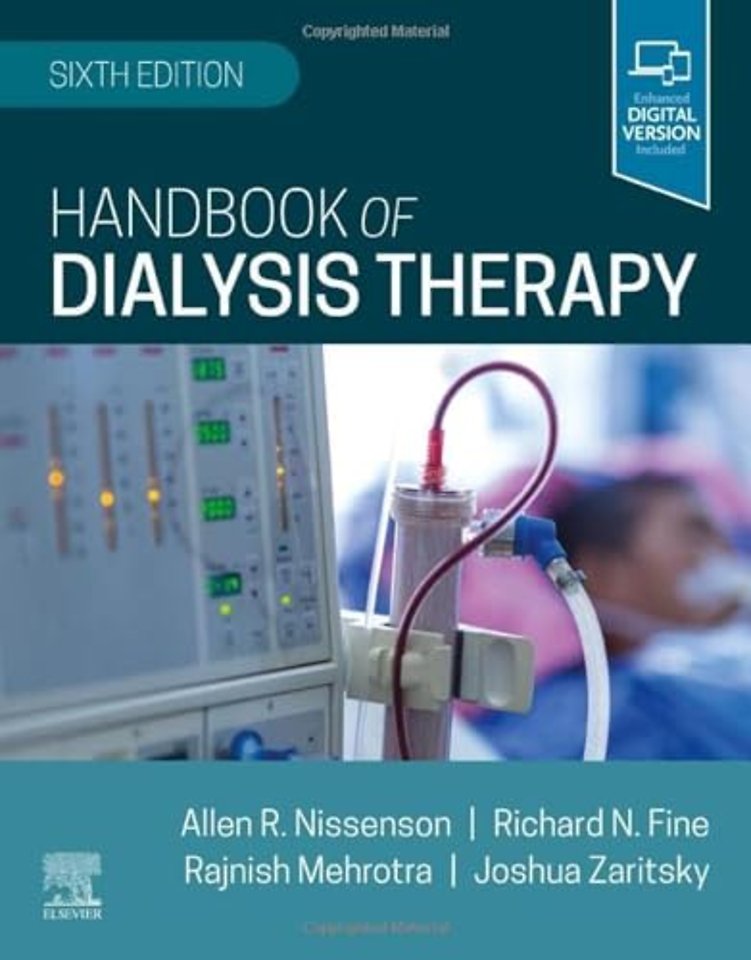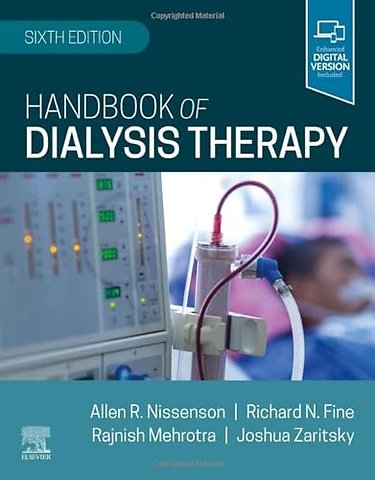Handbook of Dialysis Therapy
Paperback Engels 2022 9780323791359Samenvatting
Edited and written by top experts and pioneers in dialysis, Handbook of Dialysis Therapy, 6th Edition, provides the entire dialysis team with a comprehensive overview of this growing field. It covers traditional and advanced procedures, what pitfalls to expect and how to overcome them, and how best to treat various patient populations—all with a practical approach that can be directly applied to patient care. This must-have resource has been updated with the latest cutting-edge technology, dialysis techniques, and complications related to various diseases for both pediatric and adult patients.
Explains complex dialysis concepts through abundant diagrams, photos, line drawings, and tables, while its readable, hands-on approach allows for quick review of key information.
Covers both adult and pediatric patients in detail, and offers guidance on special populations such as the geriatric patients and the chronically ill.
Features increased content on home-based dialysis modalities, new alternatives for establishing vascular access for hemodialysis, new protocols for reducing the risk of infection and complications, and advancements in establishing and managing peritoneal dialysis.
Includes extensive pediatric content such as prevention and treatment of bone disease, management of anemia, assessing quality of life in pediatric patients undergoing dialysis, and immunizations in children undergoing dialysis.
Defines the quality imperatives, roles, and responsibilities of dialysis facility medical directors and attending nephrologists.
Updates nephrologists on the latest alternative dialysis modalities.
Enhanced eBook version included with purchase. Your enhanced eBook allows you to access all of the text, figures, and references from the book on a variety of devices.
Specificaties
Lezersrecensies
Inhoudsopgave
Rubrieken
- advisering
- algemeen management
- coaching en trainen
- communicatie en media
- economie
- financieel management
- inkoop en logistiek
- internet en social media
- it-management / ict
- juridisch
- leiderschap
- marketing
- mens en maatschappij
- non-profit
- ondernemen
- organisatiekunde
- personal finance
- personeelsmanagement
- persoonlijke effectiviteit
- projectmanagement
- psychologie
- reclame en verkoop
- strategisch management
- verandermanagement
- werk en loopbaan

